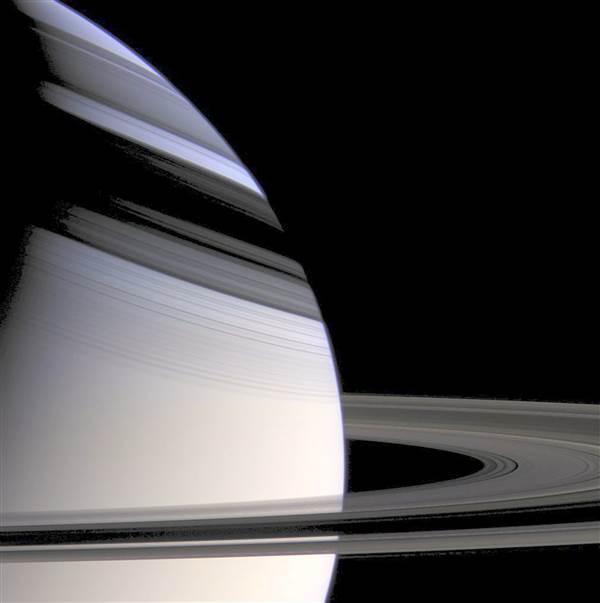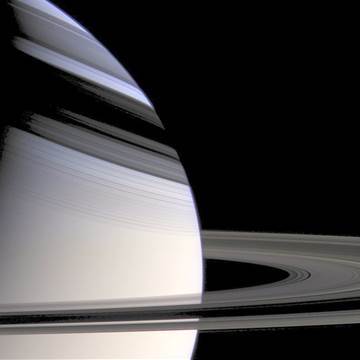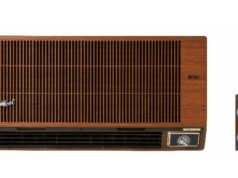This may be the ultimate galactic obstacle course.
NASA’s long-running Cassini space probe is having one final hurrah when it begins a new orbit that will allow the spacecraft to graze Saturn’s rings before it makes a deadly dive into the planet next September.


Related: NASA Is Setting a Bunch of Fires in Space on Purpose
Cassini will circle over the poles of Saturn and dive once a week through the area between the gas giant and each of its rings, allowing the probe to get the clearest pictures yet of their composition. The ring grazes will happen a total of 20 times, according to NASA.
“We’re calling this phase of the mission Cassini’s Ring-Grazing Orbits, because we’ll be skimming past the outer edge of the rings,” Linda Spilker, Cassini project scientist, said in a statement. “In addition, we have two instruments that can sample particles and gases as we cross the ringplane, so in a sense Cassini is also ‘grazing’ on the rings.”
The space probe, which launched in 1997 and arrived at Saturn in 2004, will move into its new orbit on Wednesday, thanks in part to some gravitational pull from Saturn’s largest moon, Titan.
The ring weaving phase will end around April 22, according to NASA.
The Fatal ‘Grand Finale’
Having spent nearly 20 years on the move in space, Cassini has had an impressive run but is now running low on fuel.
After the ring grazing mission ends on April 22, Cassini will begin what NASA is promising will be an epic “grand finale.”
Scientists are planning one heck of a going away party for the probe, sending it as close as 1,012 miles above Saturn’s clouds before it makes a fatal plunge into Saturn’s atmosphere on September 15.
During its 12 years and counting at Saturn, Cassini has discovered an “Earth-like” world on Titan, with rain, rivers, lakes and seas. It also discovered molecules on Titan that NASA called the most “chemically complex” in the solar system.







